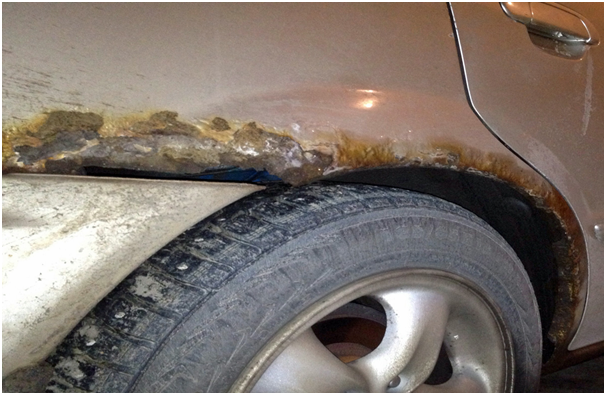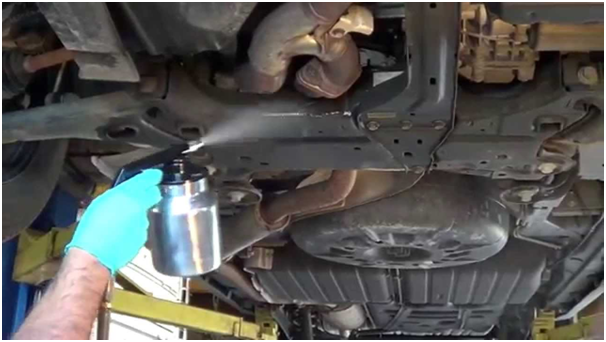The Dangers of Corrosion
One of the most common problems seen at MOT test garages is severe corrosion on vehicles. Every knows it’s a possibility but rarely do we give our vehicles a really thorough check to see what the extent is. Corrosion can make a vehicle highly hazardous to drive and you might not even know about it. In extreme cases, a vehicle can literally break apart when being driven. Recently a woman was killed when the rear axle of her vehicle fell off and she swerved into a stationary vehicle. After the crash, investigators found sever corrosion on both radius arms of the axle. This highlights how important it is to keep on top of corrosion, especially in older vehicles.
This might be an extreme example, but it does bring it home how serious a corrosion issue can be. Due to the location of the corrosion, it would have tough to spot on a general inspection during MOT. A tester would have to have gotten right underneath the vehicle and examine the specific parts to have found it. Therein lies the importance of being thorough. If they had, her life might have been saved.

During an MOT, it’s crucial not to just give a quick look. Sometimes corrosion is easily visible, but sometimes it will be harder to locate. For parts that can’t be seen, use your fingers to feel along the surfaces. On locating corrosion with your finger, apply some pressure to see if it feels weak and crumbly. Corrosion assessment tools can be used to test the suspected area.
If it’s deemed that the corrosion affects the vehicle’s safety, then it must fail an MOT. Corrosion that’s caused holes or weakness in the suspension, steering, seat belts or brakes will also mean an instant fail. For corrosion in other areas, check whether any corroded load-bearing parts will affect the steering or braking of the vehicle. For a highly professional Gloucester MOT, consider 123 Car & Commercial.

If a corroded area has had repairs completed, a tester needs to determine if the repairs are adequate and suitable. Have the right materials been used? Are the welding and plating attached to a load-bearing component? Is the repair as strong as the original part?
Having a thorough inspection and effective MOT can make a huge difference in keeping the nation’s roads safe and potentially saving lives. MOT testers must always go the extra mile so only roadworthy vehicles are being driven.


